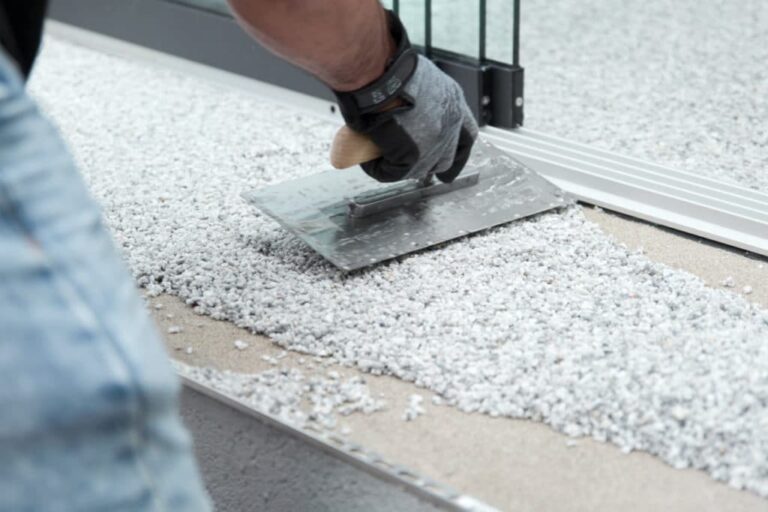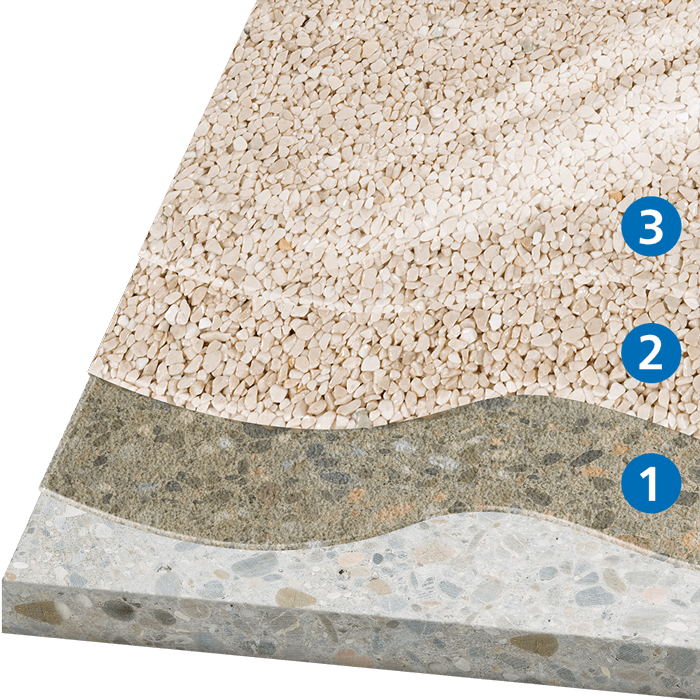Does Carpet Make a Room Warmer? Find Out How It Affects Comfort
When it comes to flooring options, one of the most common questions homeowners have is whether carpet can actually make a room warmer. Carpet has long been considered a cozy, comfortable option for bedrooms and living rooms, but does it do more than just look inviting? Can it really help keep your space warmer, especially during the colder months? In this article, we’ll explore the science behind carpets and their role in room temperature, and how they might just be the solution you need for a cozier home.
The Science Behind Carpets and Warmth
Before diving into how carpets influence room temperature, it’s essential to understand how they work as insulators. Carpet is made from fibers, which trap air within their structure. This air acts as a barrier, reducing heat loss through the floor and keeping warmth within the room. Essentially, the more fibers and the thicker the carpet, the more air it can trap, providing better insulation.
While carpet doesn’t generate heat on its own, it does play a crucial role in preventing warmth from escaping. This insulating property helps retain heat longer, especially when combined with a high-quality underlay. As a result, your home may feel warmer and more comfortable even after you turn off the heating system.
How Carpet Insulates a Room
Carpet’s ability to trap air and prevent heat loss means that it can effectively insulate a room. When you have a carpet covering the floor, the heat from your home remains within the space for a longer period. This is especially helpful in colder climates or during the winter months, when heating systems are running longer and harder to keep your space warm.
On the other hand, hard flooring options like tile, hardwood, or vinyl typically offer less insulation. These materials allow heat to escape quickly and often feel colder to the touch, making a room feel cooler overall.
Carpet and Heat Retention
In addition to its insulating properties, carpet can also absorb and retain heat. For instance, when sunlight enters a room or when a heater blows warm air, the carpet absorbs some of that heat and releases it gradually. This helps maintain a stable temperature within the room, preventing rapid fluctuations that might make the room feel chilly.
Carpet fibers, whether made from natural or synthetic materials, have an innate ability to hold onto heat. This feature allows carpet to create a constant, steady warmth underfoot, making a room feel cozy and comfortable.
The Role of Carpet Thickness and Density
Not all carpets are created equal when it comes to warmth. The thickness and density of the carpet can significantly influence its ability to keep a room warmer. Thicker carpets tend to offer better insulation because they can trap more air, which acts as a barrier to heat loss.
Additionally, denser carpets are better at insulating compared to low-pile or thinner carpets. For example, a plush carpet made from wool or a dense synthetic fiber will keep heat in much better than a flat, low-pile carpet. So, when choosing carpet for warmth, consider opting for a thicker, denser option to maximize insulation.
Pile Height: How It Affects Warmth
The pile height of a carpet refers to the length of the fibers that make up the surface of the carpet. Carpets with a higher pile height have more material to trap air, making them more effective at retaining heat. However, it’s important to find a balance between pile height and comfort. A carpet that’s too high-piled may be harder to clean and maintain, while a low-pile carpet may not offer the same level of insulation.
Types of Carpet Fibers and Their Impact on Warmth
The type of material used in the carpet also plays a role in how well it retains heat. Natural fibers like wool have superior insulating properties due to their ability to trap air. Wool carpets are denser and have a natural crimp that adds to their insulating ability.
On the other hand, synthetic fibers such as nylon, polyester, or polypropylene are less effective at trapping air but still offer some level of insulation. While these materials may not perform as well as wool, they are more affordable and durable, making them a popular choice for many homeowners.
Carpets vs. Other Flooring Options
While carpets have a significant impact on warmth, it’s also useful to compare them to other types of flooring, such as hardwood, tile, and laminate. These materials tend to be less effective at retaining heat and may leave a room feeling colder. Hard floors like tile and hardwood are great for warm weather as they help keep spaces cooler, but in the winter, they can make a room feel chilly underfoot.
Tiles and hardwood have excellent durability, but they don’t offer the same warmth underfoot as carpet does. When you walk on these surfaces, especially during colder months, your feet will feel the chill. This is why many people prefer carpets in the wintertime to enhance comfort and warmth.
Carpet vs. Hardwood Flooring
Hardwood flooring is a timeless and elegant choice for many homes. However, it has minimal insulating properties compared to carpet. In the winter, hardwood floors can make a room feel much colder, and you might need to rely on additional heating to maintain a comfortable temperature.
Carpet vs. Tile Flooring
Tiles are another common flooring option that tends to feel cold, especially in cooler weather. While tile is durable and easy to clean, it doesn’t retain heat well. Carpet, on the other hand, provides insulation, making it the better choice for colder climates or homes looking to stay warm without excessive use of the heater.
Does Carpet Make a Room Warmer in Practical Terms?
Although carpets can help retain heat and reduce energy loss, it’s important to note that they won’t significantly raise the temperature of a room on their own. The warmth provided by carpets is more about reducing the rate at which heat escapes and providing a perception of warmth rather than actually increasing the room temperature.
In practical terms, carpets make a room feel warmer and cozier, but they won’t replace the need for a heating system. They can, however, make a big difference in reducing your heating costs by keeping warmth in the room for longer periods.
Carpet’s Impact on Heating Costs
By acting as an insulator, carpet reduces the amount of heat that escapes through the floor. This means that your heating system doesn’t have to work as hard to maintain a comfortable temperature. As a result, your energy bills may decrease during the colder months, making carpet a cost-effective option for maintaining warmth in your home.
The Importance of Underlay in Carpet Insulation
In addition to choosing the right carpet, it’s essential to consider the underlay or padding that goes beneath it. A good-quality underlay can significantly improve the insulation properties of your carpet, further enhancing its ability to trap heat and keep your room warmer.
Underlays come in various materials, including foam, rubber, and felt, each offering different levels of insulation. A thicker underlay provides better heat retention, while a thinner underlay might not offer the same level of comfort or warmth.
Carpet and Underfloor Heating: A Winning Combination?
If you’re considering underfloor heating, you might be wondering if you can install carpet on top of it. The good news is that carpets and underfloor heating can work together effectively. However, it’s essential to choose a carpet with a low tog rating, as a higher tog rating can hinder the heat from reaching the surface.
Underfloor heating provides consistent warmth throughout the room, and when combined with carpet, it creates an ultra-cozy environment. This combination allows the heat to spread evenly across the floor while the carpet traps that heat, creating a comfortable and warm living space.
Conclusion: Does Carpet Make a Room Warmer?
In conclusion, the answer to whether carpet makes a room warmer is yes, but with some nuances. Carpets don’t generate heat, but their insulating properties help retain warmth within a room, making it feel warmer and more comfortable. While they won’t increase the actual temperature of the room, carpets can reduce heat loss and help keep your space cozy, especially during colder months. To maximize warmth, consider opting for a thicker, denser carpet with a high-quality underlay. Combining carpet with underfloor heating can also enhance your home’s comfort and energy efficiency.
If you’re looking for a way to make your home feel warmer, carpet is definitely a smart choice. It offers a practical solution for maintaining warmth and reducing heating costs, all while creating a comfortable, inviting atmosphere. So, next time you’re renovating your home or considering new flooring options, keep carpet in mind—it might just be the perfect fit for your space.





